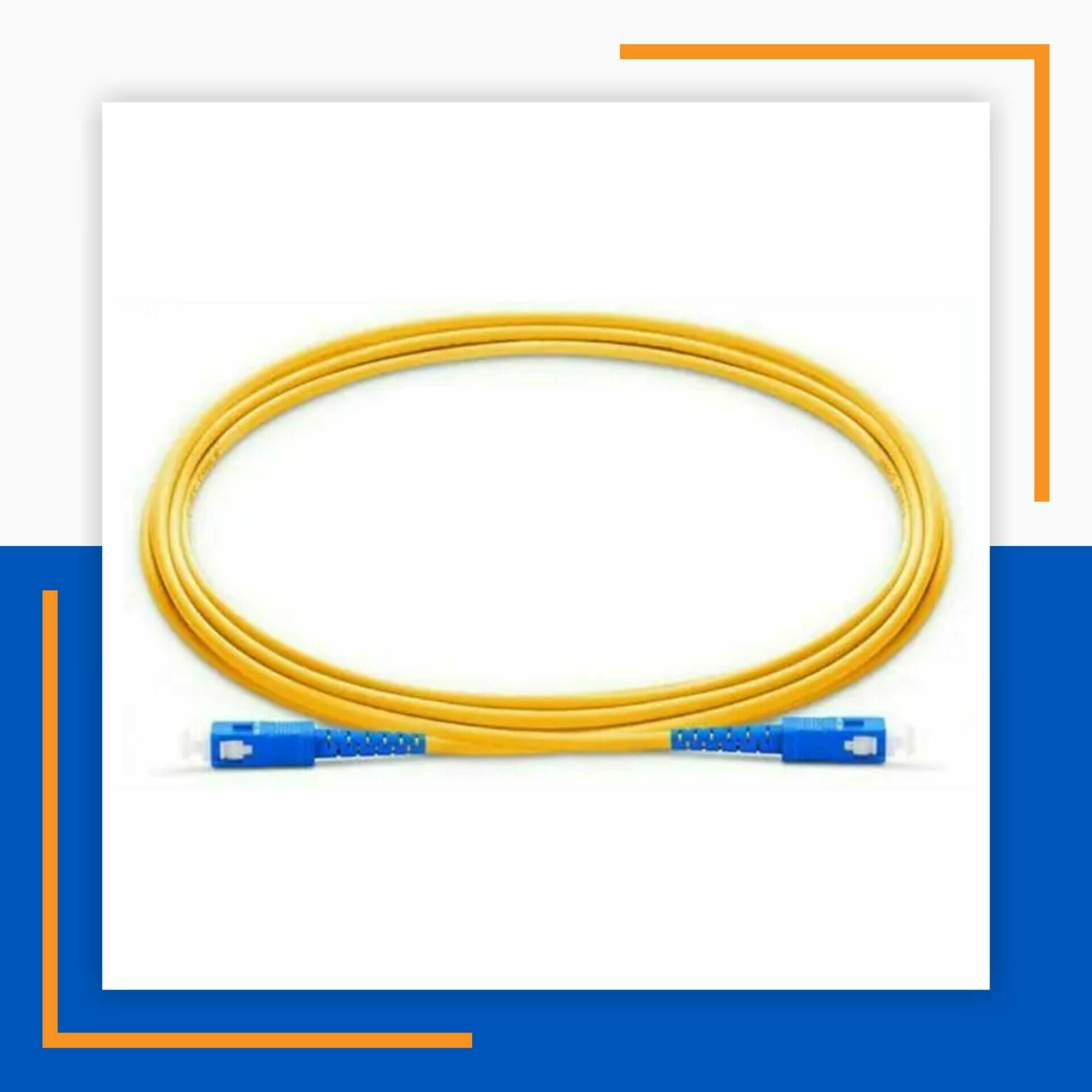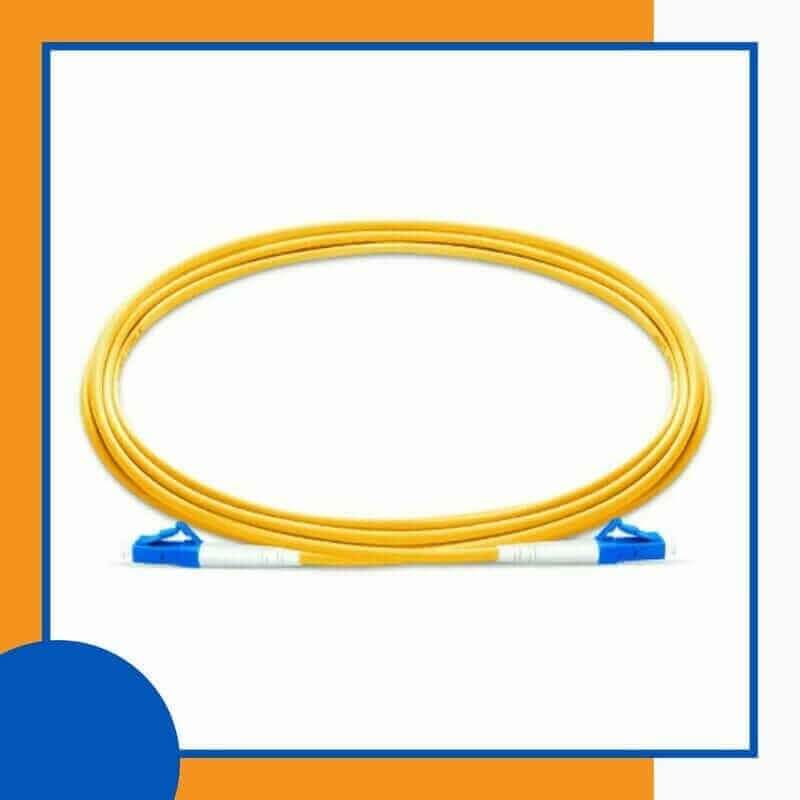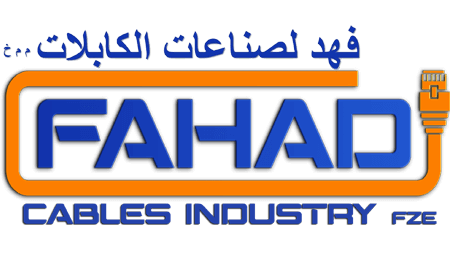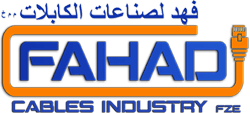Blog
Understanding OS2 Fiber Patch Cord Simplex Single Mode : A Comprehensive Guide by Fahad Cables Industry FZE

Introduction to OS2 Simplex Single Mode Fiber Patch Cords
OS2 simplex single mode fiber patch cords are crucial components in modern telecommunications and networking infrastructure. These specialized cables are designed to facilitate high-speed data transmission over long distances, making them an essential choice for various applications, from internet service providers to corporate networking environments. The OS2 designation indicates that these patch cords conform to specific standards set by the International Telecommunication Union (ITU), ensuring optimal performance and reliability in single mode fiber optic systems.OS2 Fiber Patch Cord
One of the primary features of OS2 simplex single mode fiber patch cords is their ability to transmit data over single strands of fiber glass, which allows for minimal signal loss and greater distance coverage. Typical configurations can support distances exceeding 10 kilometers, making them suitable for backbone installations and linking remote locations. The simplex configuration means that these cords support one-way data transmission, which can help in scenarios where unidirectional communication is required, thus increasing overall system efficiency.



In the realm of fiber optics, the capacity to transmit vast amounts of data at incredible speeds is paramount. OS2 simplex single mode fiber patch cords contribute significantly to achieving these goals through their low attenuation and high bandwidth capabilities. These characteristics make them ideal for applications such as data centers, telecommunications networks, and interconnected metropolitan area networks. The versatility of OS2 patch cords also accommodates a wide range of connectors, enhancing flexibility during installation and upgrading processes.
In sum, understanding the significance of OS2 simplex single mode fiber patch cords is essential for their effective implementation in networking solutions. Their role in ensuring high-performance communications cannot be overstated, positioning them as a key asset in optimizing network architecture and maintaining the integrity of data transmission across various platforms.
The Manufacturing Excellence of Fahad Cables Industry FZE
Fahad Cables Industry FZE, located in Sharjah, UAE, has established itself as a leader in the manufacturing of fiber optic products, particularly specializing in OS2 Simplex Single Mode Fiber Patch Cords. Since its inception, the company has focused on meeting the evolving needs of the telecommunications sector, thereby becoming a trusted name in the industry. With an unwavering commitment to quality and innovation, Fahad Cables has positioned itself as a cornerstone of reliability and expertise.
The history of Fahad Cables is marked by a dedication to excellence and a vision to enhance connectivity through advanced technology. Over the years, the company has invested significantly in state-of-the-art manufacturing facilities, ensuring that it operates at the forefront of fiber optic production. The utilization of modern machinery and industry-best practices allows Fahad Cables to produce high-quality OS2 Simplex Single Mode Fiber Patch Cords that meet international standards. This unwavering focus on quality control ensures consistent performance, which is vital for the data transmission needs of various industries.
Fahad Cables also boasts a team of highly skilled professionals with extensive expertise in fiber optics. Their knowledge extends from raw materials selection to the final product testing phase. This expertise not only enables them to maintain high production standards but also fosters a culture of continuous improvement and innovation. Customers can trust that the products developed by Fahad Cables are a result of meticulous craftsmanship and rigorous quality assurance processes.
Moreover, Fahad Cables Industry FZE understands the importance of customer satisfaction and builds strong relationships with its clients. By providing exceptional support and tailored solutions, the company effectively meets the diverse needs of its customers. This commitment to service excellence further solidifies its standing in the fiber optics market, making Fahad Cables an invaluable partner for businesses seeking to enhance their optical networking capabilities.
Technical Specifications of OS2 Simplex Fiber Patch Cords
OS2 simplex single mode fiber patch cords are essential components in contemporary data transmission systems, characterized by their specific technical specifications that significantly influence their performance. One of the primary specifications to consider is the core diameter, which is typically 9 micrometers for single mode fibers. This small core diameter allows for the efficient transmission of light over long distances without significant loss, making them ideal for telecommunications and data networking applications.
Another crucial specification is the attenuation rate, which measures the loss of signal strength as light travels through the fiber. For OS2 simplex single mode fiber patch cords, the attenuation rate is usually around 0.4 dB per kilometer at the standard wavelength of 1310 nm. This low level of attenuation is instrumental in ensuring that the signal maintains its integrity over extended distances, thus providing reliable connectivity.
Moreover, the maximum distance capabilities of these patch cords is a vital attribute that users need to consider. OS2 simplex fibers are capable of supporting distances of up to 10 kilometers or more, depending on the network configuration and the specific requirements of the application. This capability makes OS2 simplex patch cords particularly suitable for backhaul connections and long-haul data transmission, which are common in urban telecommunication infrastructures.
Understanding these technical specifications is essential for professionals selecting the appropriate fiber patch cords for their networking needs. Optimizing performance and reliability in various applications relies heavily on these factors. A thorough comprehension of the core diameter, attenuation rates, and distance capabilities will not only help in the selection process but also ensure that the communication system operates efficiently and effectively.
Applications of OS2 Simplex Single Mode Fiber Patch Cords
OS2 simplex single mode fiber patch cords are increasingly integral in modern communication networks due to their remarkable performance in various applications. One of the primary sectors benefiting from these patch cords is telecommunications. In this area, they facilitate the high-speed transmission of data over long distances, effectively linking central offices with remote locations. Their low attenuation characteristics ensure that signals remain strong, thus enhancing the quality and reliability of voice and internet services.
Data centers represent another significant application domain. Here, the demand for high bandwidth and fast data transfer rates has led to the adoption of OS2 simplex cables. These patch cords support high-density connections between equipment, such as servers and switches, ensuring efficient data flow. By utilizing OS2 simplex single mode fiber patch cords, data centers can minimize latency and maximize throughput, optimizing performance for cloud computing and real-time data processing tasks.
Moreover, broadband installations frequently employ OS2 simplex single mode fiber patch cords for connecting households and businesses to fiber optic networks. As demand for high-speed internet continues to rise, these patch cords play a crucial role in delivering reliable connectivity, ensuring that users experience minimal disruptions and high-speed access. Their versatility also extends to other environments, including educational institutions and healthcare facilities, where consistent network performance is essential for operational efficiency.
In summary, OS2 simplex single mode fiber patch cords are vital in various sectors, including telecommunications, data centers, and broadband installations. By facilitating superior data transmission capabilities, they significantly enhance network performance, supporting the growing demands of modern communication systems.
Benefits of Using OS2 Simplex Fiber Patch Cords
OS2 simplex fiber patch cords are increasingly recognized for their numerous advantages in modern connectivity. One of the primary benefits of utilizing these patch cords is their lower attenuation compared to other types of fiber cables. This characteristic reduces signal loss over distances, making OS2 simplex cables particularly suitable for long-distance applications. With lower attenuation, data integrity is maintained even across extended runs, a critical factor for enterprise networks and data centers that require optimal performance.
Moreover, OS2 simplex fiber patch cords offer increased bandwidth capacity, allowing them to handle higher data rates effectively. This capability addresses the growing demand for high-speed internet services, as organizations and individuals alike require faster and more efficient data transmission. The advanced design of OS2 fibers supports a wide range of applications, from video streaming to cloud computing, ensuring users can enjoy seamless connectivity without experiencing bottlenecks during peak usage times.
Furthermore, the long-distance capabilities of OS2 simplex fiber patch cords are a significant advantage. These fibers can transmit data over distances that exceed those achievable with multimode fibers, reaching up to 10 kilometers or more without significant loss of quality. This feature is especially important in environments where distance is a determining factor, such as in large campuses or between buildings. Consequently, organizations can invest in a single infrastructure solution without the need for frequent signal amplification or boosters, resulting in lower operational costs over time.
In addition to their technical benefits, OS2 simplex fiber patch cords are also known for their durability and resilience. They are designed to withstand environmental challenges, which ensures longevity and reliable performance in a variety of settings. Overall, the benefits of using OS2 simplex fiber patch cords make them an optimal choice for anyone looking to enhance network performance and meet the demands of today’s high-speed internet landscape.
Installation and Best Practices for OS2 Simplex Fiber Patch Cords
Installing OS2 simplex single mode fiber patch cords requires careful attention to detail and adherence to best practices to ensure optimal performance and longevity. To begin the installation process, specific tools are recommended. A fiber optic cleaver, stripping tool, and visual fault locator are essential for achieving clean cuts and eliminating potential faults. Additional tools such as gloves and safety goggles should also be utilized to protect against any fiber shards that may occur during installation.
When planning the installation, it is critical to assess the environment where the OS2 simplex single mode fiber patch cords will be utilized. Ensure that the installation area is free from excessive dust and debris. Maintaining a clean workspace helps minimize contamination that could degrade the performance of the fiber. Always follow the manufacturer’s specifications regarding the maximum bending radius to avoid damaging the fiber. Excessive bending can lead to attenuation or even complete failure of the signal transmission.
During installation, avoid common pitfalls such as pulling on the patch cords themselves. Instead, grip the connectors to prevent excessive tension that could compromise the fiber’s integrity. Labeling the cords appropriately can also help streamline maintenance and troubleshooting in the future. It is essential to test the fiber patch cords post-installation to confirm proper connections and performance levels. Using a power meter and light source can effectively identify any signal loss, enabling immediate corrections where needed.
Finally, it is advisable to protect the OS2 simplex single mode fiber patch cords from physical stress and environmental hazards. Use cable management solutions to organize and secure the cords, thereby ensuring they remain undamaged. By adhering to these guidelines and best practices, you can significantly enhance the reliability and efficiency of your installed OS2 simplex fiber patch cords, contributing to a stable communications network.
Maintenance Tips for Longevity and Performance
Maintaining OS2 simplex single mode fiber patch cords is crucial to ensure their longevity and optimal performance. These delicate cables, designed for high-speed data transmission, require careful handling and regular maintenance to prevent damage and signal loss. First and foremost, cleaning procedures are essential. Dust and debris can easily accumulate on the connectors, leading to signal degradation. It is advisable to use lint-free wipes and isopropyl alcohol for cleaning. Begin by gently wiping the connector end, ensuring that no fibers are damaged in the process. Regular cleaning should occur before connecting or disconnecting the patch cords, particularly in environments that generate significant amounts of dust.
Moreover, employing protective measures can significantly enhance the longevity of the fiber patch cords. Using protective covers when the cords are not in use is recommended to shield them from environmental hazards and mechanical stress. Proper storage techniques are equally important; coiling the cables loosely instead of tightly can prevent excessive bending, which could potentially harm the fibers inside. Avoid exposing the cables to extreme temperatures or direct sunlight, as these conditions can deteriorate the integrity of the materials used in the patch cords.
In addition to cleaning and protection, conducting routine checks is essential to maintain performance. Users should regularly inspect patch cords for any physical damage, such as fraying or kinks, as these can impact signal transmission. Furthermore, monitoring the performance by testing the fibers periodically can help identify any issues early on. If the signal strength shows any signs of degradation, it may be time to consider replacing the patch cord. By adhering to these maintenance tips, users can ensure that their OS2 simplex single mode fiber patch cords remain functional and reliable for a prolonged period.
Comparing OS2 with Other Fiber Patch Cord Types
When evaluating fiber patch cords, specifically OS2 simplex single mode fiber patch cords, it is important to understand how they compare to other types such as multimode fiber patch cords and OS1 patch cords. Each of these has unique characteristics tailored to different applications, making the choice of the right cord significant for optimal performance.
OS2 simplex single mode fiber patch cords are designed for long-distance telecommunications and data communications. They utilize a single light path, enabling them to transmit data over longer distances with minimal signal loss. This is particularly beneficial in networks requiring high bandwidth and low latency. In contrast, multimode fiber patch cords, characterized by their thick cores, are suitable for shorter distances and typically used within data centers and local area networks. The multimode design allows multiple light signals to pass through the core simultaneously; however, this can lead to modal dispersion, which may reduce signal quality over extended lengths.
Another comparison can be drawn with OS1 patch cords, which, like OS2, belong to the single mode category but are optimized for indoor applications. OS1 patch cords have a specified maximum attenuation of 1.0 dB/km, making them effective for short to moderate distances within buildings or campuses. Although OS1 cords can be used in outer plant environments, they might not reach the same performance standards as OS2 when it comes to longer or more complex installations.
In performance, OS2 patch cords generally provide superior attenuation and bandwidth capabilities. This preference for OS2 might be advantageous for businesses anticipating growth and requiring future-proof solutions. Multimode options, while more cost-effective for shorter runs, may not support the same scalability. Ultimately, understanding the specifications and intended use cases of these fiber patch cords will assist consumers in making well-informed decisions.
Conclusion: Future of Fiber Optic Connectivity
The landscape of fiber optic technology is continuously evolving, heralding advancements and innovations that redefine communication infrastructure. Key points discussed throughout this comprehensive guide on OS2 Simplex Single Mode Fiber Patch Cords highlight the significance of high-quality fiber optic cables, such as those manufactured by Fahad Cables Industry FZE, in enhancing connectivity solutions. Fiber optic connectivity is crucial for meeting the demands of modern telecommunications, supporting greater bandwidth and faster data transmission.
As the world increasingly relies on rapid and reliable communication channels, the demand for superior fiber optic products has surged. Innovations in fiber optics not only improve the efficiency of data transmission but also have the potential to reduce operational costs for businesses. The OS2 Simplex Single Mode Fiber Patch Cords are engineered to cater to these evolving needs, ensuring robust performance in various applications, from telecommunications to data centers.
Furthermore, the emphasis on sustainability and eco-friendliness within the fiber optic industry cannot be overlooked. Fahad Cables Industry FZE is committed to producing high-quality, environmentally responsible products that contribute positively to the communication infrastructure. As organizations prioritize sustainable practices, the adoption of fiber optic technology will likely accelerate, thus transforming the future of connectivity.
In conclusion, the future of fiber optic connectivity looks promising, driven by the continuous innovations and the unwavering commitment of reliable manufacturers like Fahad Cables Industry FZE. As we move forward, quality fiber optic products will play an indispensable role in sustaining and enhancing global communication networks, ultimately shaping the way we connect, communicate, and collaborate in an increasingly digital world.

